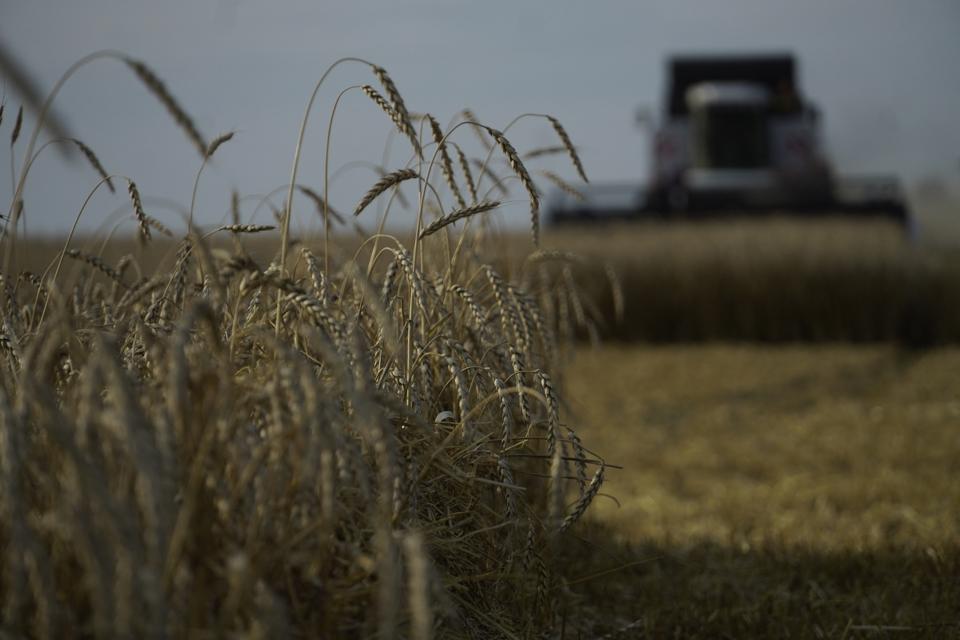War costs a lot of money. And it been draining the coffers of both Ukraine and Russia. Tanks, warplanes, and munitions are getting destroyed on an epic level.
Of course, anyone who regularly read the world press will know this. Likely less understood is the impact the conflict is having on the global grain market, particularly wheat. It matters because wheat prices are now artificially low and could bounce back at any moment and push inflation back up once again.
Both sides in the war, which are keen players in the wheat export market, are now believed to be selling at prices below the cost of production, some experts say.
- “Something needs to change to stop Ukraine and Russia from low offering cash wheat at prices that make no economic sense as both sides continue the need to fund the cost of the war effort,” writes Shawn Hackett, author of the Hackett Money Flow Commodity Report.
They are likely doing so knowing that getting cash now, even at an economic loss, makes some sense if it stops the other side from winning. That’s because cash means replacement materiel can be purchased and then used against the relevant adversary.
Hackett doesn’t believe that media coverage of attacks will change that process. Specifically, selling grain at ultra low prices won’t change anything unless government restrictions are imposed or producers back off in their sales, Hackett writes.
Before the war started in late February 2022, exports of wheat from Russia and Ukraine totaled 29% of the market. That’s now fallen to 14.3%, according to the World’s Top Exports website. At least part of that plunge in market share was due to, the need to offer lower prices to keep government coffers full. However, some of it will have been lack of labor and other resources to farm the crop.
Nevertheless, the current wheat market situation cannot last forever. Eventually, growing wheat at a loss will bankrupt farmers.
What will it take to make people wake up? Probably a weather scare. And there are likely two coming along in the next few weeks which could cause fear in both Russia and Ukraine, Hackett writes.
First, there will likely be a late frost in the U.S. in the first two weeks of May (or maybe in late March,) Hackett writes. Such an event would likely hurt crop yields so reducing the supply of wheat when the harvest arrives.
Separately, there are concerns that a key growing region in southern Russia near the Black Sea is suffering from dry weather which could be exacerbated by an unfavorable weather system, Hackett’s report states.
Recently, wheat would fetch $5.62 a bushel, according to data from Trading Economics. That’ way down from a peak of $7.57 last July.
In the event of either the U.S. or Russia suffering from the forecast unfavorable weather experts would expect the price of wheat to trend back up after months of falling. If both occur then expect even higher prices.
Of course weather is hard to forecast, so investors should be ready to change tactics.

